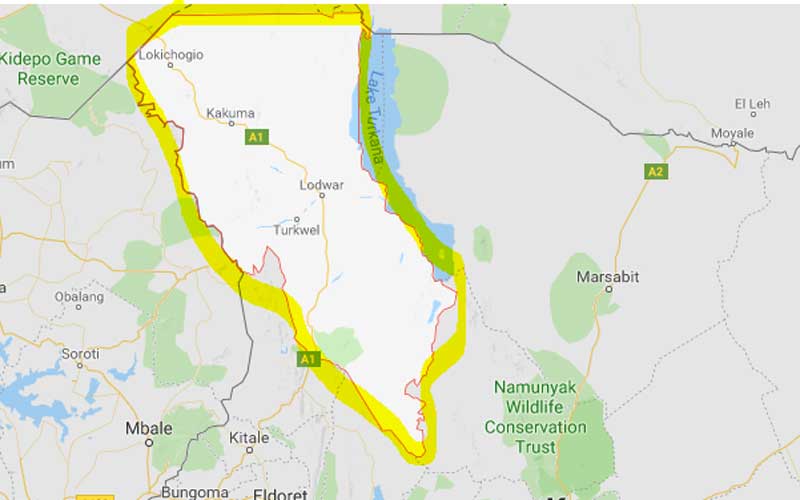×
The Standard e-Paper
Read Offline Anywhere

The uneasy relationship between foreign capital and indigenous lands in Africa has only increased with the emergence of new resource frontiers and grand nationalist visions of infrastructural development in Africa. As multinational corporations push further into Kenya’s vulnerable and indigenous territories in the quest for investment opportunities, narratives of displacement and land dispossession follow in their wake.